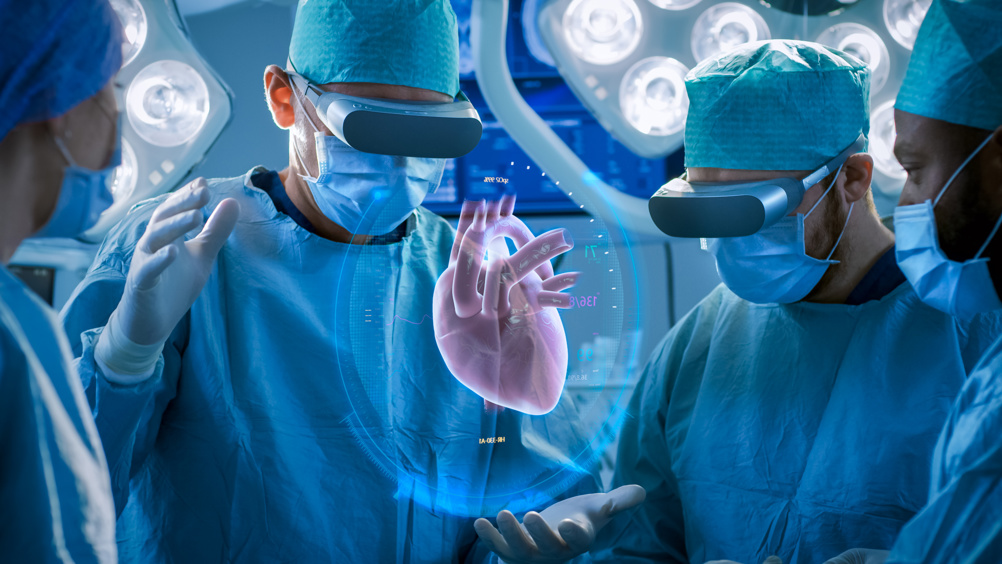C2I 2022: Medical & Healthcare shortlist
Our Medical & Healthcare shortlist threw up innovative entries for PPE equipment, prosthetics and new forms of surgery.

Surgery could be extended to billions of people with medical equipment that is manufactured at low cost, is simple to use and easily maintained. That is the aim of RAIS (Retractor for Abdominal Insufflation-less Surgery), an international, multiple disciplinary collaboration led by Leeds University.
Surgical technology - often developed for well-resourced healthcare systems - is of little or no use in poorer settings where hospitals lack support infrastructure or appropriately trained staff.
To overcome this, the project focussed on a development approach based on participatory design, where the users of the technology are closely involved, and where functionality of the device is pared back to key essentials.
Laparoscopic surgery was identified as an intervention that lowers risk of infection and improves patient outcomes. It requires the surgeon to inflate the patient’s abdomen with CO2 to create space to see internal organs and to manipulate instruments. An alternative method – gasless laparoscopy that employs a mechanical retractor or clamp to lift the abdominal wall - failed to gain traction due challenges with using and maintaining the retractors.
Register now to continue reading
Thanks for visiting The Engineer. You’ve now reached your monthly limit of premium content. Register for free to unlock unlimited access to all of our premium content, as well as the latest technology news, industry opinion and special reports.
Benefits of registering
-
In-depth insights and coverage of key emerging trends
-
Unrestricted access to special reports throughout the year
-
Daily technology news delivered straight to your inbox










Water Sector Talent Exodus Could Cripple The Sector
One possible reform to the Asset Management Plan (AMP) system would be to stagger the five year cycle across the ten or so water businesses, so that...